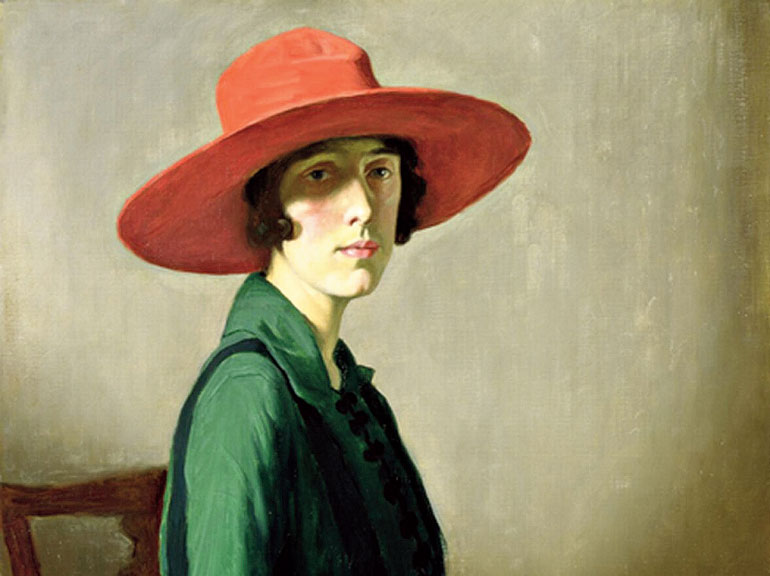Dear Mr Murray provides a behind-the-scenes tour of the publishing industry and the curious love-hate relationship of authors and publishers. Some letters are full of complaints: Jane Austen, among others, was “very much disappointed... by the delays of the printers”. Byron was livid about cuts in Don Juan and David Livingstone took exception to the “absolutely abominable” illustration of a particular scene of his encounter with a lion: “Everyone... will die... laughing... It’s like a dray horse...” The Murrays had their difficulties, too. John Murray II wrote to his wife about an author that her “conceit surpasses anything”. There are also morsels such as one of Byron’s obsessive lovers forging a letter in his name to obtain from Murray II a portrait that the poet had entrusted to him.
What McClay has achieved is no mean feat; he had to go through 5,00,000 letters. While the concerns of the authors often overlap — printing delays, inadequate commissions, typographical errors — each has a distinctive tone and a unique demand to make of his publisher. If Hugo Arnot, the historian, wanted Murray I to send him copious amounts of port wine, Byron wanted Murray II to collect the dead body of his illegitimate daughter and Paul Du Chaillu, the African explorer, wanted Murray III to have a gorilla stuffed. Readers need not be daunted at the prospect of having to keep track of the long line of John Murrays that the letters are addressed to. The cumulative effect of reading these missives is that, like monarchs, the various Murrays merge, each a living embodiment of the same, unchanging office. What does change, though, is the publishing process. With the march of technology, modernity crept into the publishing house. Instead of an illustration of a lion that looked like a horse, the Murrays had to contend with the invention of the camera and the motion pictures, and the new challenges in communication that came with these.
The one quibble lies with the editing. Dates are vague, and the correspondence is presented thematically; so authors appear more than once. But in the absence of an index, it is hard to follow them. Moreover, McClay is uncertain about the target audience of the book, which celebrates 250 years of the John Murray publishing house. A reader who needs to be told that Alexander Pope was an “early eighteenth-century poet” cannot be expected to know about “dear old Panizzi” — a British librarian — mentioned in a letter later. But so engrossing are the exchanges that these issues are easily overlooked.
Dear Mr Murray: Letters to a Gentleman Publisher John Murray, Rs 899
Writers writing about their own works in private letters to their publisher ought to make for interesting reading — offering a glimpse into the minds that come together to create the finished book. David McClay, former senior curator of the John Murray Archive at the National Library of Scotland, has selected, introduced and presented a clutch of such letters written to more than six generations of Murrays, who ran one of the most successful publishing enterprises. The Murrays had among their clients literary giants like Byron, Walter Scott, Patrick Leigh Fermor and Freya Stark. It was their stellar reputation that led Charles Lyell, the geologist, and Darwin to publish potentially disruptive theories under their aegis.













